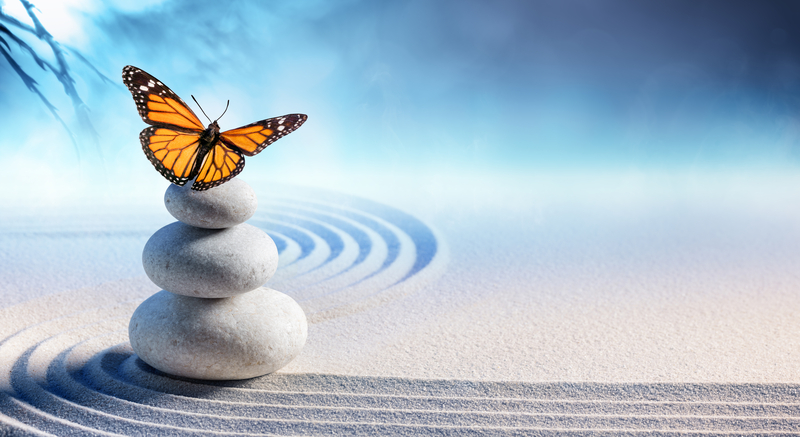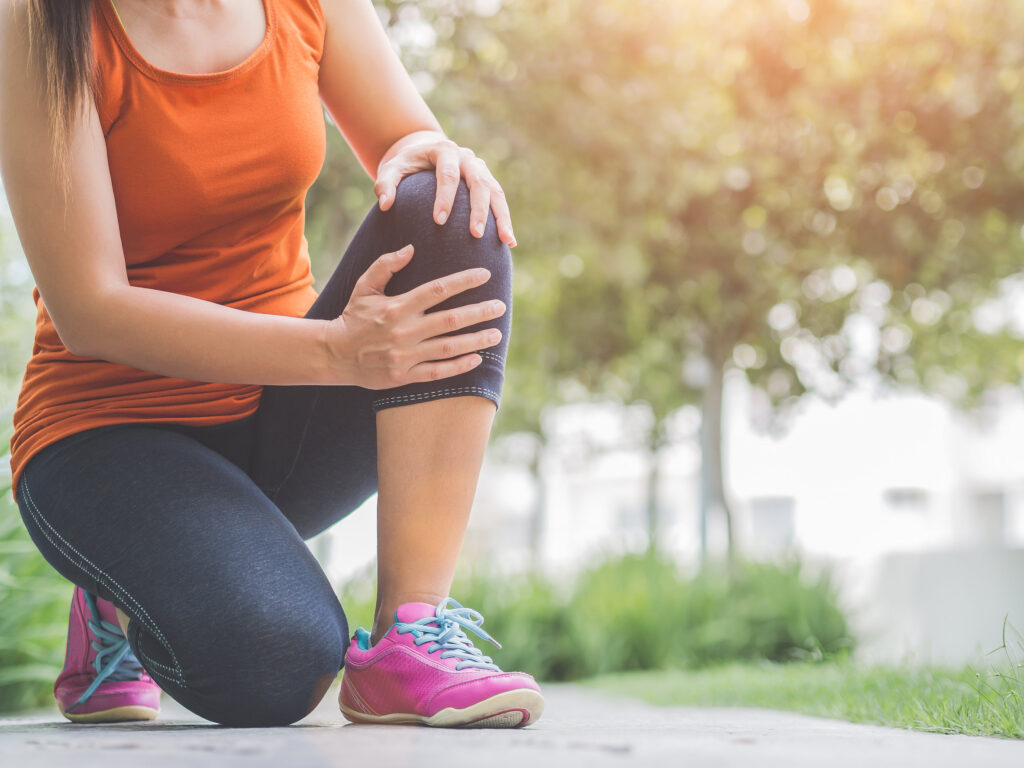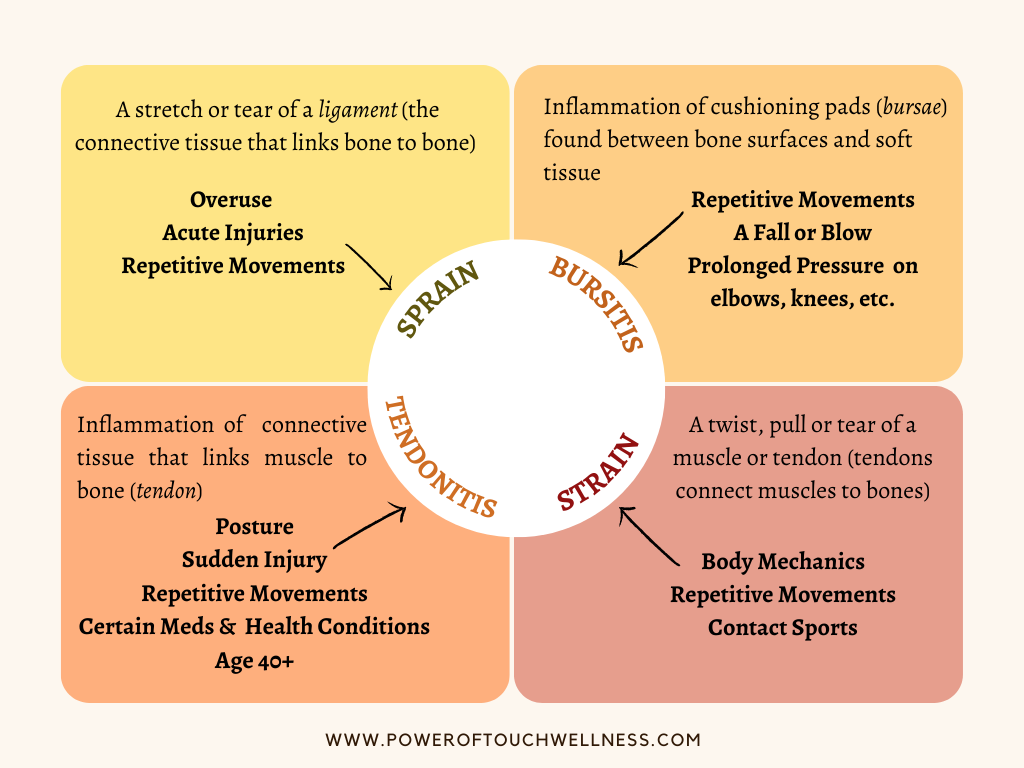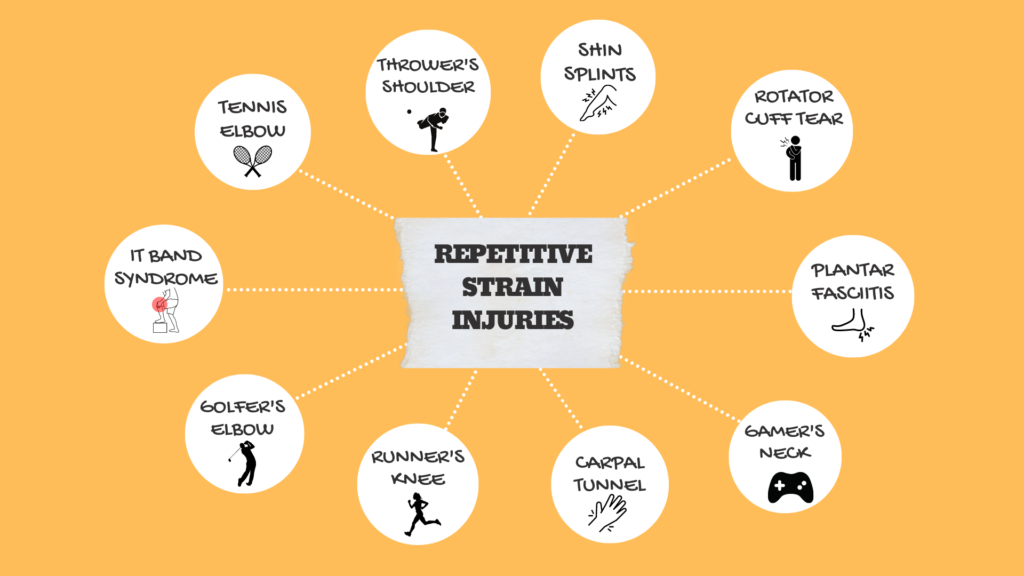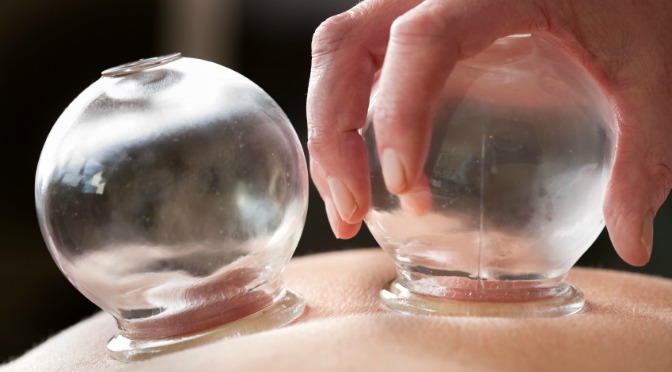
Fascia (pronounced “fash-uh” or “fah-shah”) isn’t just a fancy word. It’s the web of connective tissue that silently supports your entire body, from muscles and bones to organs and nerves. Imagine a spidery, 3-dimensional bodysuit holding everything in place and allowing for smooth, fluid movement. That’s fascia!
Some of Fascia’s Superpowers:
- Structural Support: Fascia acts like an internal scaffolding system, keeping your body upright and aligned.
- Shock Absorber: It cushions your joints and organs, protecting them from impact during daily activities and exercise.
- Glide Guru: Healthy fascia allows muscles to glide effortlessly, enabling graceful, pain-free movement.
Benefits of Happy Fascia:
- Say Goodbye to Pain: Those everyday aches and stiffness become a thing of the past.
- Move Like Never Before: Improved mobility and flexibility unlock your full range of motion.
- Posture Powerhouse: Enhanced posture gives you confidence and improves overall health.
- Faster Healing: Injuries heal better and faster with fascia that promotes quicker recovery.
- Appearance Boost: Improved circulation and lymphatic drainage help diminish the appearance of scars, cellulite, and stretch marks.
Signs of Struggling Fascia:
- Persistent Discomfort: When that same old pain or stiffness keeps making an appearance, particularly if it feels better when you move, it could be a sign that your fascia needs attention.
- Restricted Range of Motion: Feeling tight and limited in normal movements might be due to fascial restrictions. This can make your daily activities or exercise a real chore.
- Muscle Knots & Trigger Points: The presence of persistent muscle knots and trigger points can be linked to unhealthy fascia. These knots can be very tender and cause referred pain to other areas.
- Postural Challenges: Poor posture, including slouching or imbalances, can be a two-way street with fascia. Tight or restricted fascia can contribute to bad posture. Conversely, holding poor posture for extended periods can cause the fascia to adapt and shorten, making it difficult and even uncomfortable to regain good posture. This highlights the importance of addressing both posture and fascia health for optimal well-being.
- Complex Pain: Chronic pain, especially widespread pain that resists treatment, may have a fascial component. Addressing fascia alongside other treatments could offer benefits.
Restoring Healthy Fascia:
- Move Your Body: Regular exercise with variety is key!
- Gentle Explorations: Try yoga, tai chi, or Pilates for slow, controlled movements that lengthen and stretch and rehydrate your fascia.
- Body Awareness: Activities like Feldenkrais Method improve movement patterns and body awareness, enhancing fascia function.
- Somatic Movement: Befriend Your Fascia: Unlike traditional exercise, somatic movement takes you on an inward journey. By becoming finely attuned to your body’s sensations, you’ll cultivate a deeper awareness of your fascia and learn to recognize subtle signals, potentially preventing future discomfort.
- Variety is Key: If you’re already active, incorporate new activities that challenge your fascia in different ways.
- Hydration: Drink plenty of water to help keep your fascia lubricated. Fruits and veggies with high water content are bonus points!
- Stress Less, Move More: Chronic stress can tighten your fascia. Practice relaxation techniques like deep breathing, meditation, or mindfulness to de-stress and improve fascia health. Getting enough sleep is vital too!
- Self-Massage: Use gentle tools like soft foam rollers or massage balls to release tension in your fascia and other tissues.
- Start Slow and Gentle: Focus on tight areas with light to moderate pressure, rolling or pressing for 20-30 seconds per spot.
- Listen to Your Body: Don’t push through pain! Stick to short sessions with light-moderate pressure. If you need more help, consult a professional.
- Specialized Help: Consider massage therapy from a qualified therapist trained in myofascial or trigger point release techniques. Physical therapy or Rolfing (a form of structural integration) can also address fascia restrictions.
- Talk to Your Doctor: Discuss the role of fascia in your pain management plan. They can help you create a personalized approach that may include a combination of treatments and self-care techniques.
Stay Tuned! This is just the first thread in the fascinating world of fascia! In upcoming articles, we’ll unravel more advanced topics like how medical conditions and genetics can influence fascia, along with diving deeper into its intricate functions within the body.
Remember: This information is for educational purposes only and shouldn’t replace professional medical advice. Always consult with a qualified healthcare professional for personalized guidance on your fascia journey.
